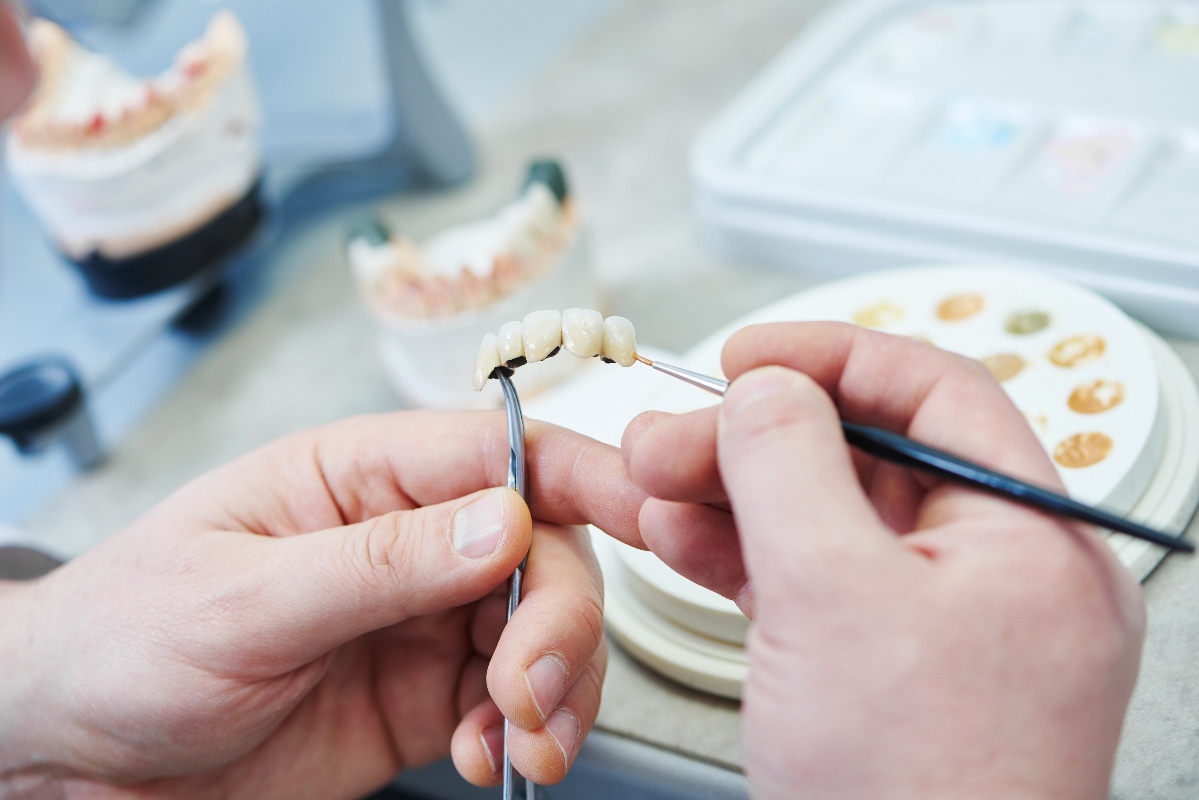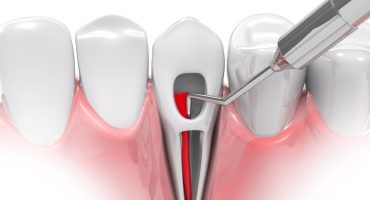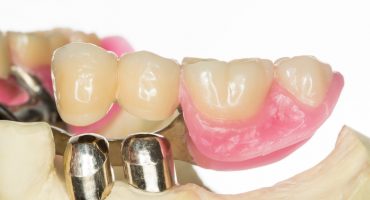Types of Dental Bridges
Dental bridges are available in different materials and material combinations. If desired, they can be color-matched to the patient’s natural teeth. How long the bridge will last will depend on how the patient cares for it, what materials it is made of, and what state the bridge pillars are in. With good oral hygiene, dental bridges have an average lifespan of 20 years.
Depending on the individual oral situation, the dentist makes a
- Free-end bridge (extension bridge)
- Adhesive bridge (adhesive bridge, Maryland bridge) or
- Inlay bridge
Free-end bridges are only fixed to the natural dentition on one side because the back teeth / molars are missing. If the posterior molar no longer exists, crown the two teeth in front and connect them with each other. This makes the bridge construction more stable. Free-end bridges are only useful if the two adjacent teeth are sufficiently stable. Under no circumstances should the free end of the dental bridge be too long. In the posterior molar region, sometimes an implant can be the better solution.
Adhesive bridges are used exclusively in the anterior region. In addition, the bridge piers are only trimmed on the inside. The adhesive bridge is not fastened by crowns but by thin metal plates. The dental treatment is gentler on this kind of dentures than other types of bridges. Adhesive bridges are usually used in young people as a temporary solution, if the lost front tooth can not be replaced by a dental implant. They are not as stable as fixed bridges and therefore last only about 5 years.
Inlay bridges are not anchored with a crown, but an inlay in the adjacent natural teeth. Inlays are fillings manufactured in the laboratory made of plastic, ceramic or gold. Inlay bridges have the advantage that you do not have to grind the abutment teeth. However, the fillings can be loosened through the chewing process: they are just glued. Inlay bridges are only technically feasible if the bridge piers are not damaged too much.




